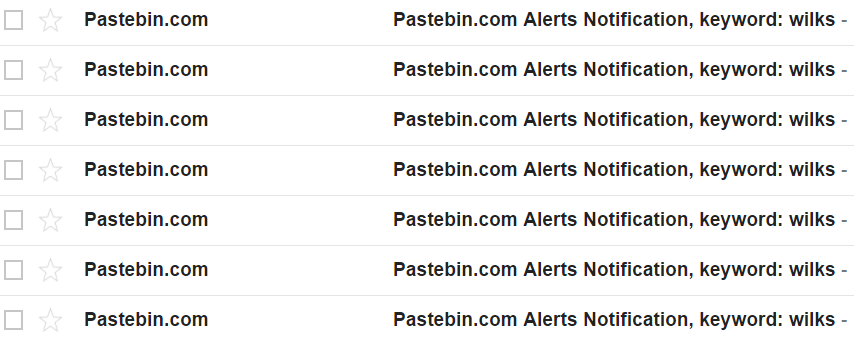Every so often there is a report that shows a broadband league table of nations. Normally the UK and US are not near the top and this causes some comment. As someone, in the UK, who recently had poor broadband speeds at home I think I have a particular perspective. It is easy to see poor broadband speeds as a consumer issue that doesn't really affect large enterprises, but it does.
For years we were stuck with slow speeds at home which whilst not terrible were not exactly fast. We were excluded from streaming HD media, from having multiple users have an acceptable experience and had slow downloads. Others, I know, have it much worse than we did. There are many who can't get ADSL based broadband at all regardless of speed. The issue is that ADSL, the technology used most in the UK, is affected by distance. The further away from the source you are, the slower speeds you get as the signal degrades down the (usually) copper cables.
For years we were stuck with slow speeds at home which whilst not terrible were not exactly fast. We were excluded from streaming HD media, from having multiple users have an acceptable experience and had slow downloads. Others, I know, have it much worse than we did. There are many who can't get ADSL based broadband at all regardless of speed. The issue is that ADSL, the technology used most in the UK, is affected by distance. The further away from the source you are, the slower speeds you get as the signal degrades down the (usually) copper cables.
Universal provision of broadband is not a quick or cheap problem to solve. The UK has mostly has Fibre-to-the-cabinet (FTTC) which basically shortens the distance copper is used. Because fibre isn't subject to signal degradation in the same way as copper this is a good solution for many. This doesn't work for all as some are still too far away from the cabinets that supplies their line or the solution is just too expensive to be economic for a particular cabinet.
There are alternative technologies to ADSL which can provide reasonable speeds but they come with their own issues. 4G mobile signals have limited range and isn't present in many of the same remote locations that can't get landline based broadband. Mobile broadband is generally more expensive and has more limited data allowances. Satellite has near universal reach but can be very expensive and generally has more limited data limits. The real killer for satellite through is latency, the time it takes for a packet of data to get from your PC to the satellite and back down to the server. Wikipedia says about half a second per roundtrip. Compare this to my home connection that can 'ping' a London based server in less than 20 ms.
So why is this an issue for enterprises? Well quite aside from issues affecting their staff who might be remote workers, end-users and customers use consumer broadband. Anyone who has ever done calculations for website or application responsiveness will tell you that it is the edge cases that cause the issues. This leads to either catering to the 'lowest common denominator' or ignoring sections of society or potential customers. Modern websites have video and rich graphics, these don't work well on slow connections and use up that precious data allowance. Latency is an even bigger issue especially for websites with lots of small bits of content that load separately. There are optimisations and things you can do but poor latency means a poor user experience.
So the state of consumer broadband is an issue to enterprises.
Images: Sashkin/Shutterstock.com and Chanclo/Shutterstock.com





 RSS Feed
RSS Feed